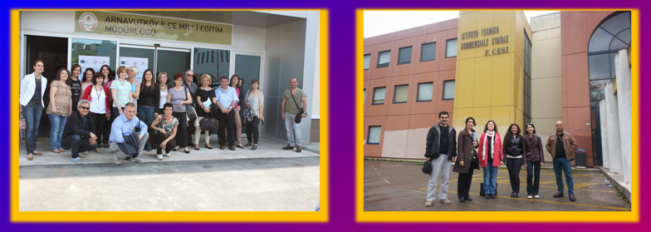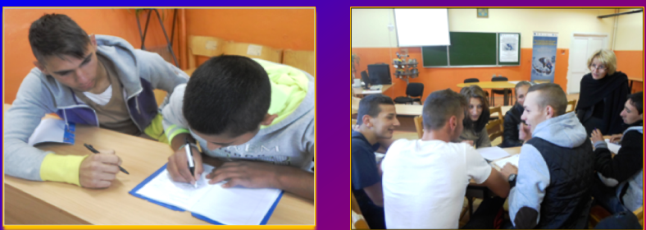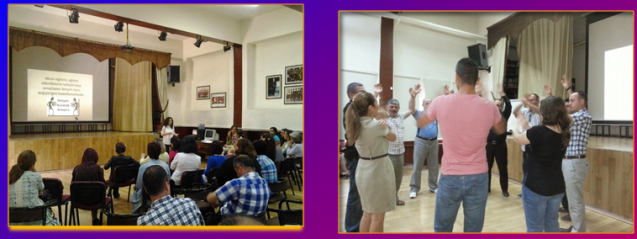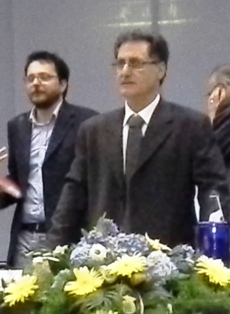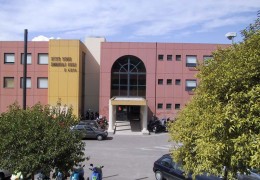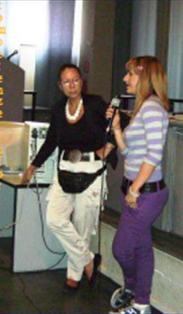| PROJECT LEONARDO DA VINCI Transfer of innovation : P2Peertutoring (PEER TUTORING) Project Leonardo Da Vinci TOIForm id: 2013-1-IT1-LEO05-04042 /Codice CUP: G43D13000290006Start date 01/10/2013
End date 30/09/2015 Applicant name: Istituto Istruzione Superiore Professionale e Tecnico Commerciale (IIS Casagrande- Cesi ) (ITALY)
|
CONTACT:Headmaster:prof. Giuseppe Metastasio preside@casagrandecesi.itFor coordination activities:• dr. Barbara Coccetta, Coordinator of PEERTUTORING Project coordinator@peer2peertutoring.euFor financial and administrative aspects:• dr. Alberto Cari, Administrative Director direttore@peer2peertutoring.eu
• dr. Samanta Ferone contractor.samanta@peer2peertutoring.eu Tel. +39 0744 201913 – Fax +39 0744 201930 |
Started in 2010-11 by the Higher Professional Technical Institute “Cesi Casagrande” in Terni, one of the biggest schools of the area (about 1,200 students), a school that has a long tradition in the education to values and law, the project “Peer Tutoring” concerns teenagers ranging from 14 to 19, and aims at outlining a model of educational counselling aimed at promoting the development of values of our young people and the call to leadership, inspired by the new philosophy of Peer Education, ie making use of the best, often underestimated, qualities of our best young people, which can serve as a change prompt and an example for their peers. The model outlines strategies to prevent distress and promote well being while providing assistance in school work with afternoon support to studies. All this, under the mentoring of teachers. These activities, besides inspiring relations of solidarity between young people, allow a lot of children with good skills to make themselves useful to the more fragile, while at the same time letting them test their tutorial skills, developing a spirit of service, empathic skills and relational competence, valuable qualities in a time when the Italian school system seems to be undergoing a severe crisis of identity, which outline forms of youth distress, such as disengagement, vandalism, bullying, addiction to alcohol, smoking and other phenomena that have a profound effect on the development of the social and productive context. It’s just the large-scale spreading of these issues that has driven the design staff to act on large numbers, involving a large percentage of children (almost 20% of the total school population), in the belief that the trend towards negative values can be significantly offset only if the ” army of the good “will prevail upon the others, to take possess of the school environment and make it a place for growth and promotion of values.


